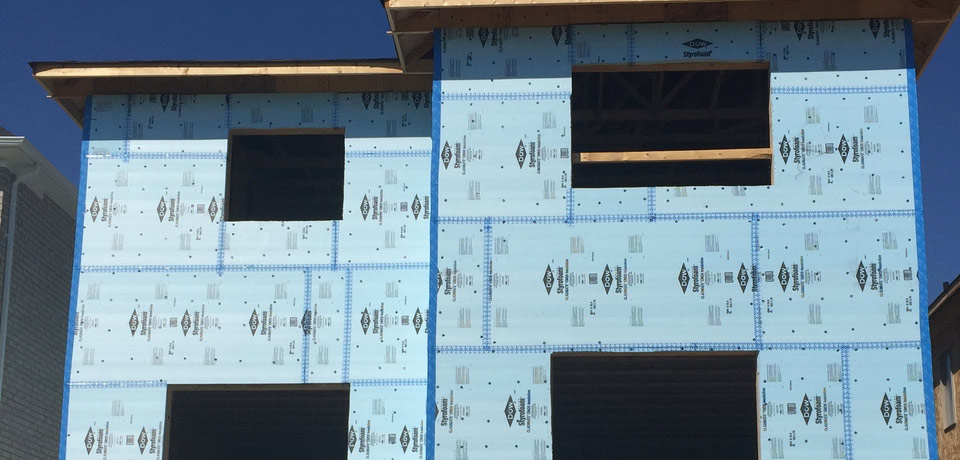With ever-changing building codes, especially as it relates to higher minimum R-values, builders are looking for additional methods to improve a home’s insulation. Rigid insulation has become a popular aboveground insulation solution.
Rigid insulation, like DOW’s Styrofoam Cladmate CM20, has been around for a while. You may be familiar with its use for under-slab applications, but it has many other purposes. Its versatility enables it to be used in all residential construction applications, including above and below grade, under slabs as well as interior and exterior applications. With proper installation – including effective air sealing – rigid insulation can become part of a home’s continuous insulation (CI) solution and increase the structure’s overall R-value.

As an uninterrupted layer, CI spans across structural members without thermal bridging, except for fasteners and services. A continuous layer of insulation helps reduce the potential for condensation within the walls where mould and mildew can accumulate undetected. When you use CI, you are often complying with the latest building codes.
Rigid insulation is easy to work with and straightforward to install. Just score, snap, screw on and tape. While cutting, don’t cut all the way through – make a deep impression with your knife blade and snap off the piece over the edge of your workstation for a clean split. When applying the insulation to the wall, ensure the joints of the rigid boards don’t line up with the OSB, plywood sheathing or non-insulating sheathing joints and that the board end and edge joints are tightly butted. Taping the insulation boards reduces further air infiltration and is required if using the insulation as an air/weather-resistant barrier. When installed and sealed correctly, you receive an R5-value.
Consider using rigid installation for above-grade applications in your next residential construction project to help improve the home’s R-value and to create a weather-tight system. With ever-stricter building codes, both you and your clients will be glad you did.

